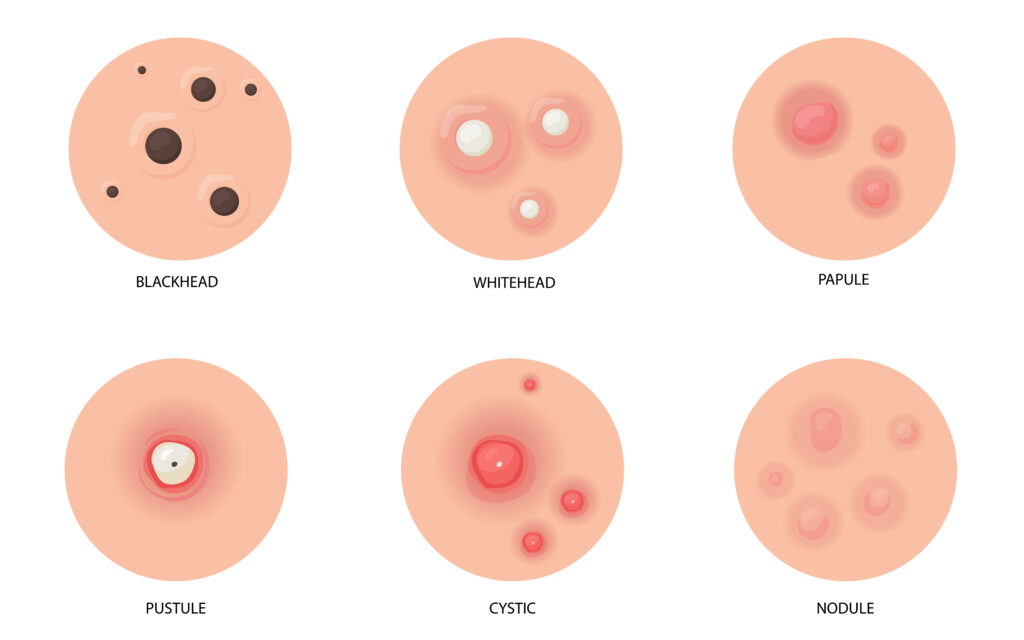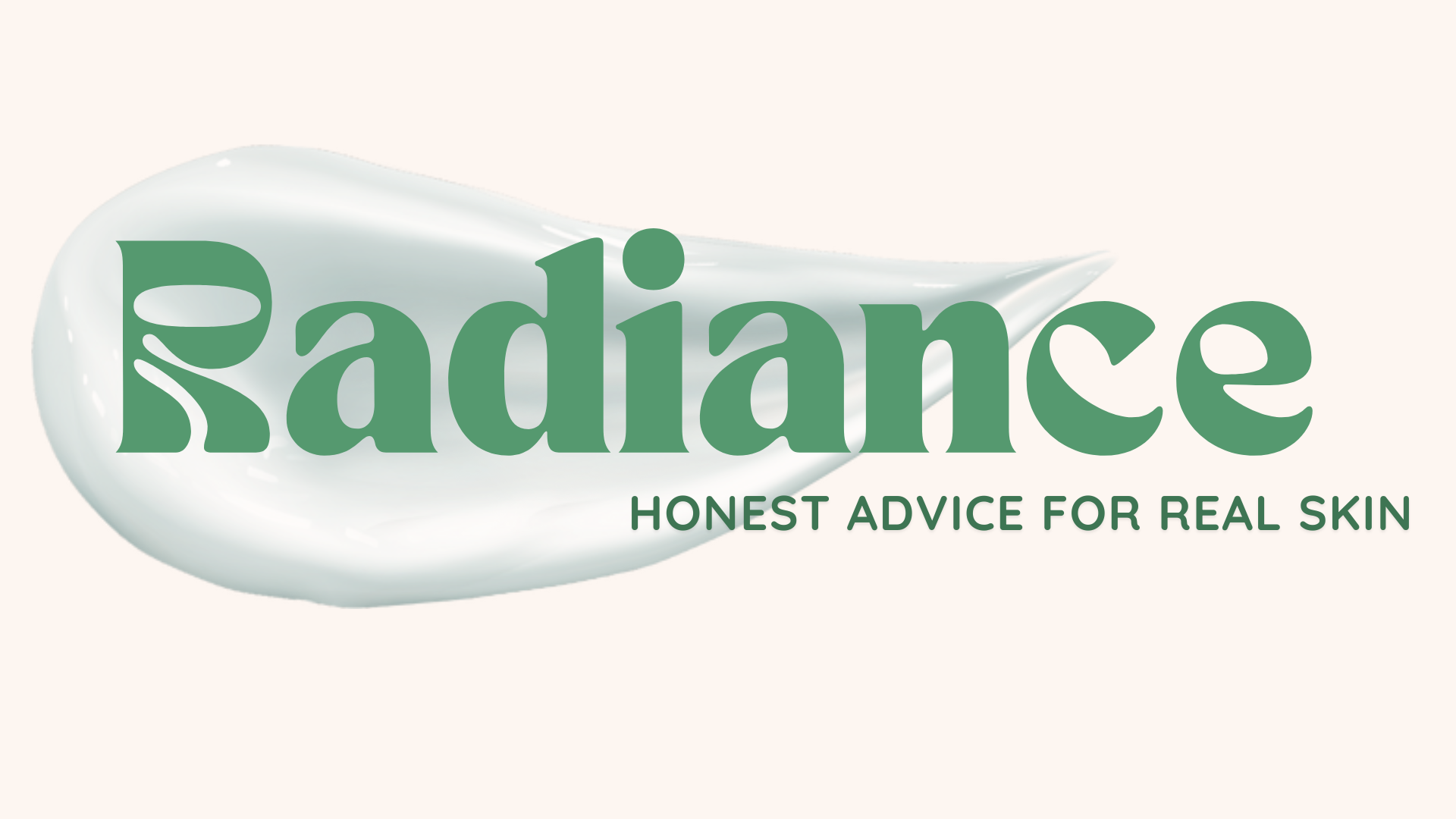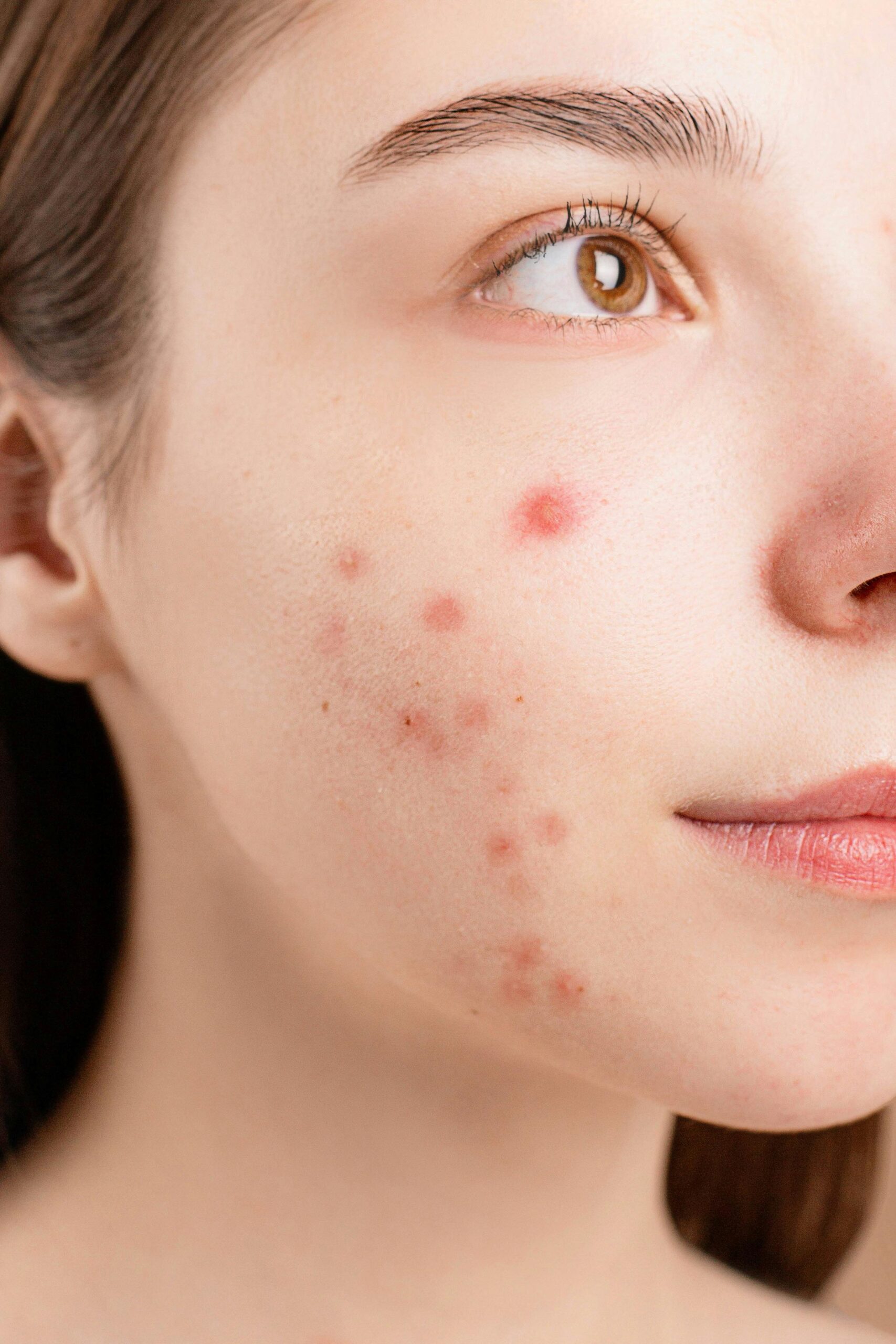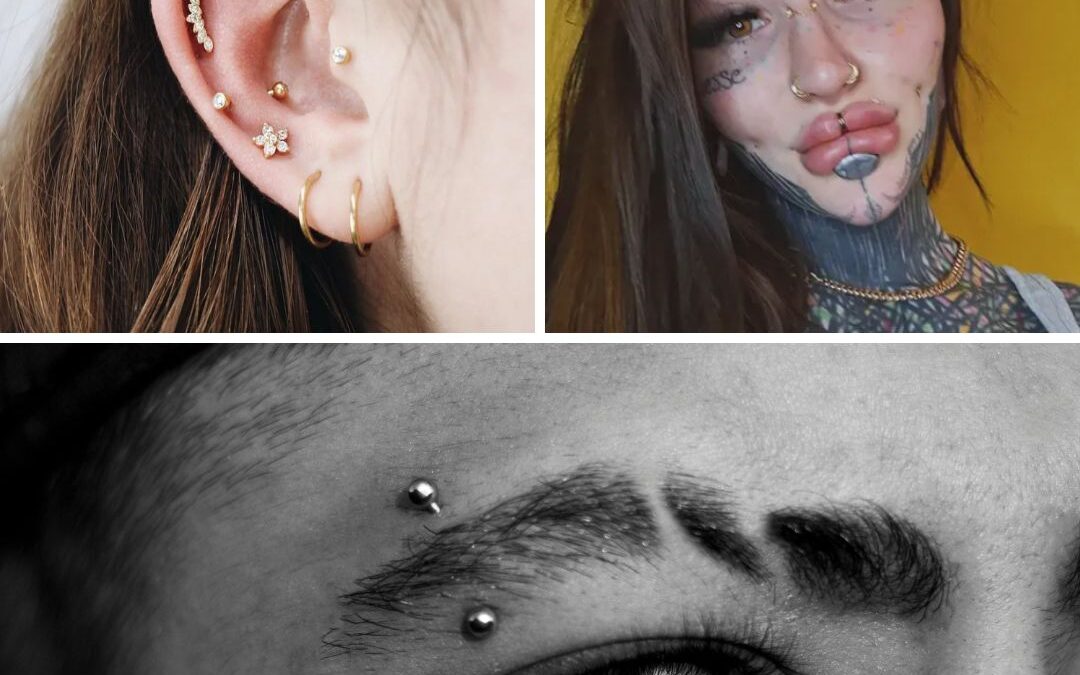We’ve all had those moments. A big presentation, a long-awaited date, a birthday party, or that summer ball you’ve been planning for weeks and then, like clockwork, you spot it. A breakout. A new wave of acne, right when you least want it.
It’s frustrating, it’s discouraging, and above all, it’s incredibly common.
At some point, nearly everyone experiences acne. According to the NHS, it’s one of the most widespread skin conditions, affecting about 95% of people aged 11 to 30 in varying degrees. It’s so common that many people simply accept it as a phase something that will pass. And often, it does. But what happens when it doesn’t? When is acne just another teenage hurdle, and when does it become something more serious?
To understand that, we need to start with the basics.
What Exactly Is Acne?
The NHS defines acne as a skin condition that causes spots, oily skin, and sometimes skin that feels hot or painful to the touch. It most commonly appears on the face the area most of us immediately notice — but can also affect the back, which accounts for over half of acne cases, and the chest, which affects roughly 15% of people with acne.
There are six primary types of spots associated with acne: blackheads (small, dark bumps), whiteheads (similar in size but often firmer), papules (small red bumps that can be sore), pustules (like papules but with a visible white tip from pus buildup), nodules (painful lumps beneath the skin’s surface), and cysts the most severe type, which are large, pus-filled, boil-like swellings that can lead to permanent scarring.
But acne isn’t one-size-fits-all. It evolves often in sync with your age, hormones, lifestyle, and environment.
Teenage Years: Hormones Take the Lead
For most, acne begins between the ages of 14 and 17 for girls and 16 to 19 for boys. These years are marked by puberty and with it, a spike in hormones called androgens. According to WebMD, androgens overstimulate oil glands, causing them to enlarge and produce excess sebum (oil). That extra oil, combined with dead skin cells, clogs pores and sets the stage for inflammation, infection, and breakouts.
The best defense during this stage is a consistent skincare routine. Cleanse, treat, moisturize, and protect. Adding gentle exfoliation once or twice a week and using targeted face masks can help. But if acne persists for more than three months without improvement even with over-the-counter products it’s time to see a dermatologist. Early intervention can prevent scarring and save years of frustration.

The Transition: Ages 18 to 21
By the time you hit university or enter the workforce, you might expect acne to disappear. For many, it doesn’t. This transitional phase is often marked by a whole new set of triggers.
According to the National Institutes of Health (NIH), sweating especially from exercise or heat can aggravate acne. So can stress, which affects hormone levels and may lead to skin picking, inflammation, and hyperpigmentation. Lifestyle changes like smoking, experimenting with new diets, lack of sleep, or inconsistent skincare routines can all play a role. Cosmetics, hormonal imbalances, and genetics are also common culprits.
This is the age where acne begins to feel less like a phase and more like a recurring battle one that needs a more tailored approach.
Early Adulthood: The 22 to 25 Shift
By your early twenties, acne can feel like an unwelcome guest that overstayed its visit. At this stage, many wonder, Why do I still have breakouts?
According to Healthline UK, adult acne can be triggered by everything from physical irritation razors, hair products, harsh cleansers to diet, stress, and certain medications. Foods high in sugar, dairy, or refined carbs may exacerbate breakouts in those already prone to acne. Even emotional stress and undiagnosed medical conditions, such as hormonal imbalances, can keep acne lingering into adulthood.
This is when it becomes even more important to recognize when your skin is sending you a message that it’s time to seek professional help.
When It’s More Than Just a Phase
So, how do you know when your acne is something more than just part of growing up?
Experts agree: if your breakouts are deep, painful, or leave lasting scars, if over-the-counter treatments aren’t working, or if your skin issues are affecting your self-esteem or are linked to other health concerns (like irregular periods or hair loss), it’s time to consult a dermatologist. No matter how much Googling you do, a professional will always be better equipped to diagnose your specific condition and guide you toward effective treatments.
Tips from the Radiance Team
At Radiance, we always say that skincare is a journey and consistency is key. Stick to your routine for at least a few weeks before expecting results. Avoid picking or popping your pimples ,we know, easier said than done and pay attention to your lifestyle. Lack of sleep, a diet high in sugar, and chronic stress won’t directly cause acne in everyone but they can absolutely make it worse.
Acne is more than skin deep. It affects confidence, mood, and even social interactions. But the good news? You don’t have to face it alone. With the right care, support, and knowledge, clearer skin is possible at any age.




